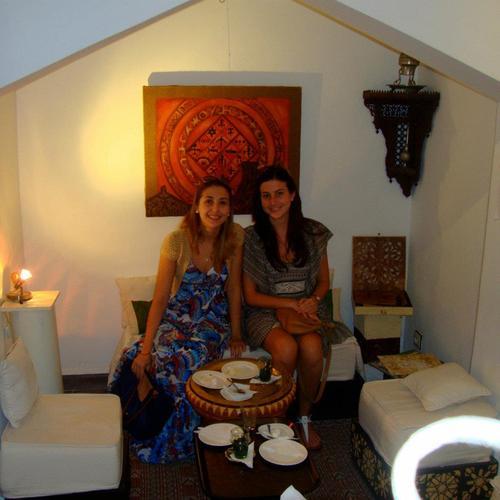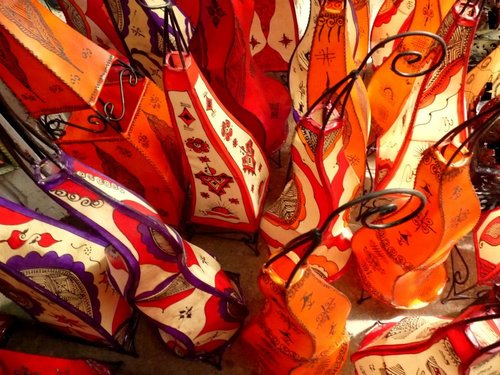The Kingdom of Morocco – a land full of colourful tagines, ancient Kasbahs and treasure-filled souks! Take a tour of the imperial cities from Rabat to Casablanca to Fez to Marrakech and experience the distinct of Arab, Berber and European cultural influences.
What I bet you didn’t know about Morocco?
As known by most, Morocco’s predominant religion is Islam whereas, unknown by others, its official languages are Berber and Arabic with Darija, a modern Moroccan Arabic and French combination which is widely spoken. The full Arabic name al-Mamlakah al-Maghribiyyah (المملكة المغربية) translates to “Kingdom of the West”. Morocco is also known as the Maghreb “the Arab West” and is ruled by King Mohammed VI who is Morocco’s leading businessman, banker and a moderniser who has introduced some social reforms and economic liberalization since his ascension to the throne in 1999. This has also helped to make Morocco one of the top destinations in Northern Africa; especially with his strong commitment to making tourism one of the nation’s top priorities!
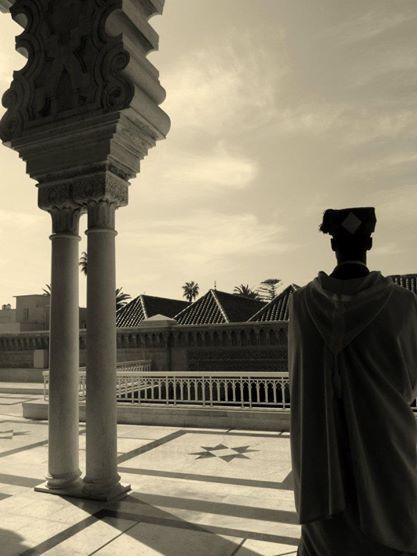
Rabat
We embarked on our imperial city tour in Rabat; the capital / my favourite city in Morocco. My aunt and uncle were living in Rabat at the time of our visit, as my uncle works for the Austrian embassy based in Morocco – this was of course one of the major reasons for visiting this breath-taking country. We stayed in my aunt’s cozy and stylish Moroccan oasis for a few days; giving us the perfect opportunity to get a more local perspective on culture and daily life in Rabat. We did stick to the touristy attractions (to which I recommend visiting all) such as the Oudaias Kasbah (an 11th century fortress with blue and white lanes – where you must try out the local mint tea…this is where I got hooked….after a few days, you will find yourself drinking 3-5 a day), The Hassan Tower (a 45 m unfinished tower built for the ruler Yacoub al-Mansour), Mausoleum of Mohammed V (a showcase of traditional Moroccan grandeur), the Chellah Necropolis (remnants of the 14th century Merinid citadel), The Royal Palace (King’s main residence) and the Abul Hassan Medersa (an Islamic school found in the town of Sale, which houses traditional religious decoration, including zellige tile-work and carved wood panels with stunning views of the city from its rooftop)!
Make sure a take a fancy drink at the Sofitel or La Tour Hassan and enjoy a Hammans (public steam bath) to get one of the best washdowns of your life!

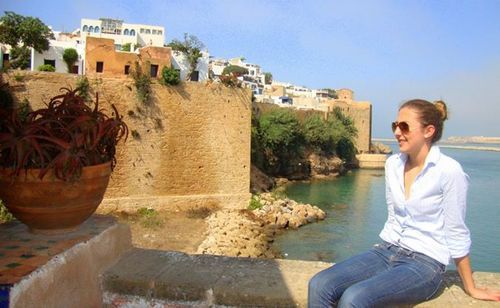
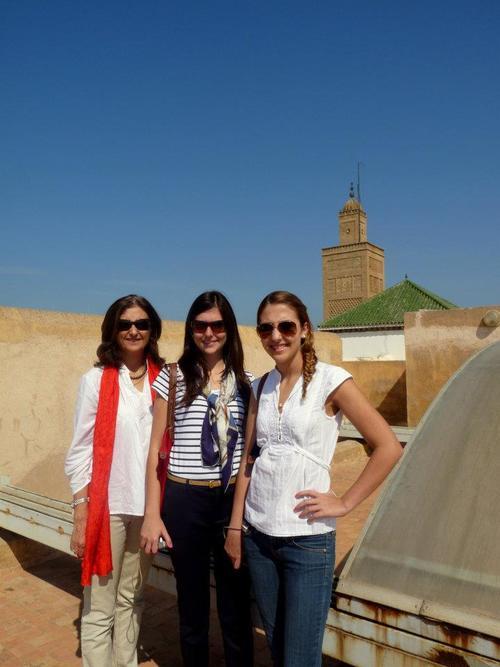
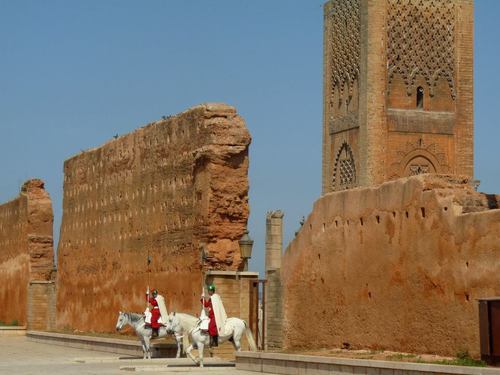
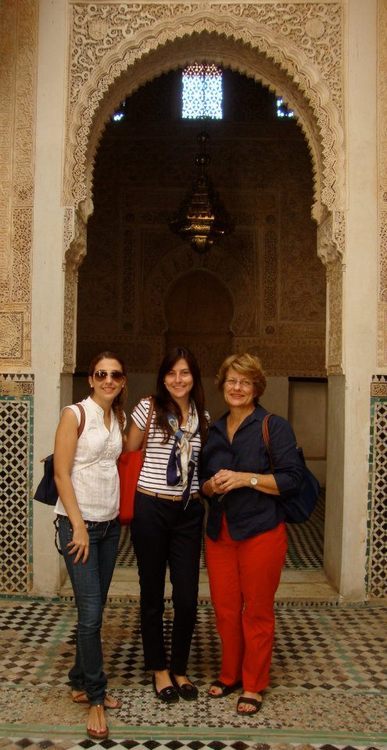
Casablanca
Have you seen the movie? Well I did, the day before we headed off to this enormous Moroccan city. And if you haven’t, please watch before visiting – even though Rick’s café doesn’t live up to expectations, it’s definitely worth a visit. Another major attraction to visit in this populous city is the Hassan II Mosque – largest mosque in Africa and 7th largest in the world with space for over 100,000 worshipers.
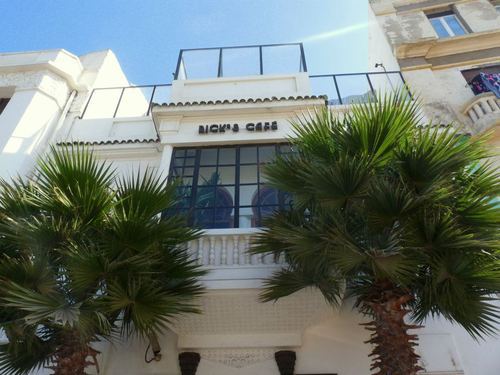
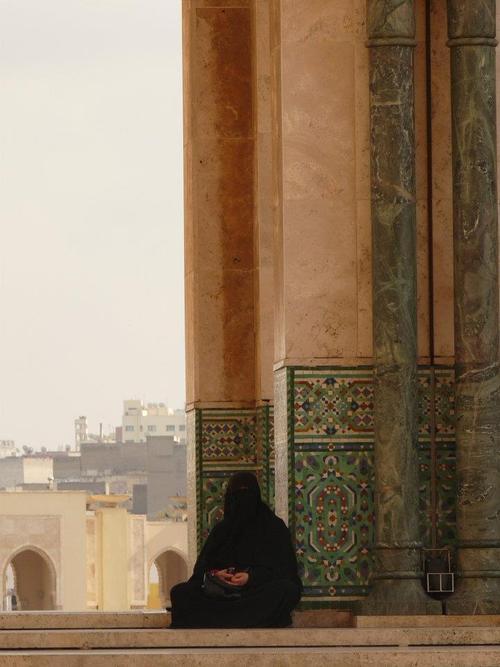

Fez
First item on your Fez agenda is to explore the medina with a guide or you will get lost in the maze within seconds and have to use either a string of random French or Arabic words to help you maneuver yourself to the outskirts of the city’s walls. The old medina is an extraordinary must see; blue-and-white designs featured in Fez. – even the heads of camels hanging across the walls. I would also recommend reading “A house in fez” to understand the inner workings of starting a new life in Fez. If you never bargained before, this is the perfect place to learn – also pay attention to the word “balak” will come in handy when dodging the hundreds of mules carrying supplies to and from vendors passing through the narrow passage ways of Fez.
Please visit the Moulay Abdellah Quarter – This is where you find the most lively souks in Fez and the infamous Tanneries. The Tanneries are often located near watercourses like the Wadi Fès and kept far away from the residential area due to the strongly unpleasant smells from the drying skins laying out in the hot sun tanning until the coloured dyes have soaked into the leather. Take a trip to the tanneries and admire the process of dying and drying of the leather to produce an array of leather goods such as wallets, handbags and shoes (Baboush). Your guide ought to provide you with some fresh mint leaves to help alleviate the pungent smell.
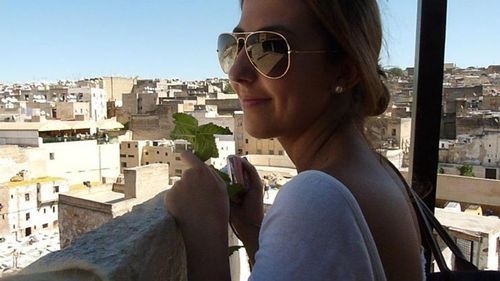
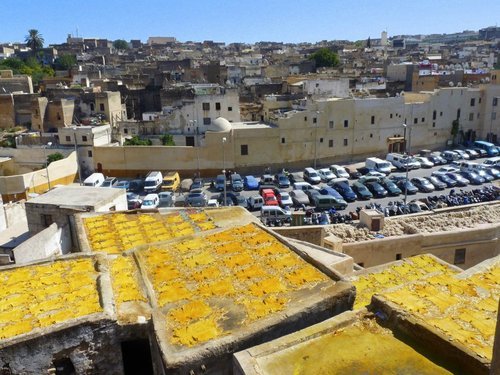
Marrakech
The “Red City” is where I advise you to explore the real souks of Morocco and be prepared to bargain like there is no tomorrow! Explore the old medina and discover the secrets of the souk (Berber/North African traditional markets). Souks sell some of the finest Moroccan goods ranging from clothing to fabrics to shoes to food to carpets all hand crafted by traditional local craftsmen. I even picked up a (wannable) magical Aladdin lamp; I know, I’m such a tourist!. Marrakech also has some beautiful gardens and mosques such as Jardin Majorelle and Ali Ben Youssef Madrasa which are must-dos!
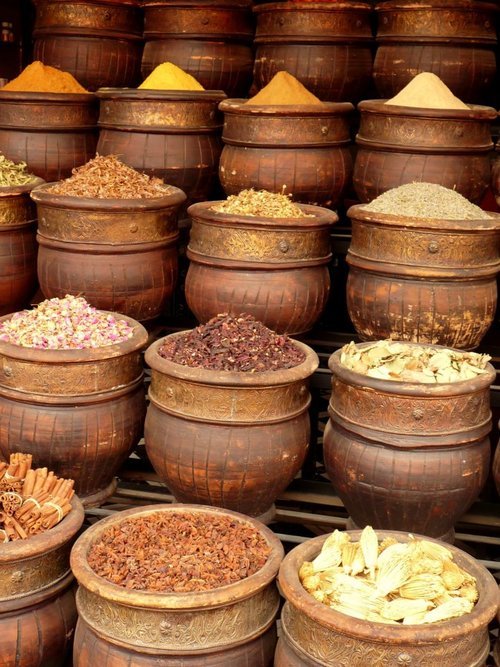
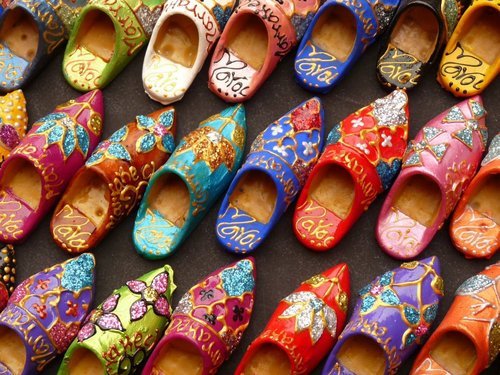
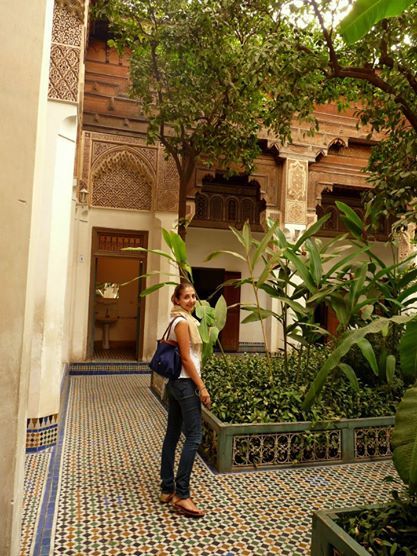
Souks and markets are a key aspect to Moroccan life and is among the country’s greatest attractions. Get lost in the intricate alleyways of a souk, sip on some traditional mint tea and enjoy the wonders of what the imperial cities of Morocco have to offer.
One key recommendation for the ladies is to ensure you have the right Moroccan attire – fashion is always a must but respect for the local culture is most important. Remember to keep those elbows and knees covered up!
